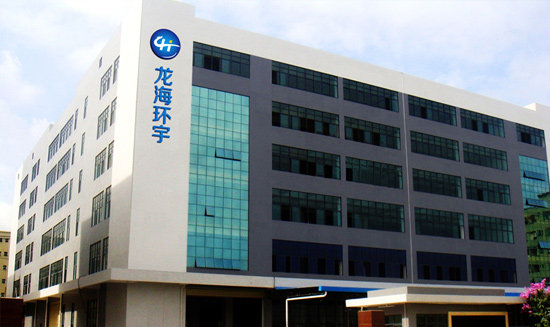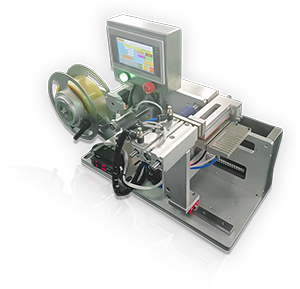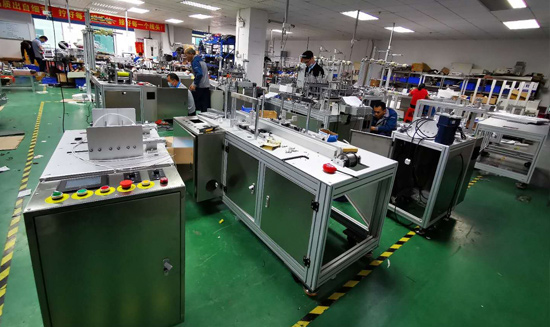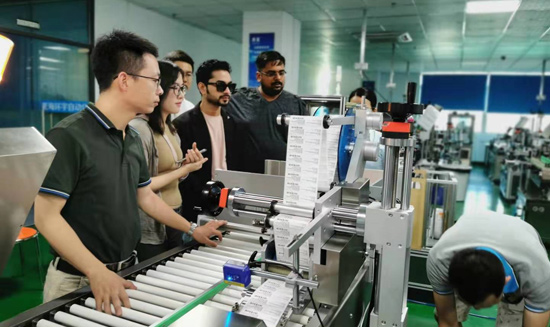关于我们
视觉贴标机影响光源的主要因素是什么,你选对了吗?
Time:2025-05-29
Page views: 1595次
一、目的与行业背景
1.1 核心研究价值
视觉贴标机视觉检测中,光源是决定成像质量的核心要素。研究表明,光源设计不当会导致70%以上的误判案例,合理选型与优化可显著提升检测精度与系统稳定性,终提高视觉贴标机的精度与稳定性。通过科学分析影响因素,企业能够:
- 提高缺陷识别率([敏感词]提升40%以上)
- 减少因光照不均导致的设备调试时间(节省30%-50%)
- 延长光源使用寿命(LED光源寿命可达5万小时)
1.2 行业痛点分析
2024年《工业视觉检测白皮书》显示,光源相关故障占系统总故障的75%,具体表现为:
- 颜色匹配错误:因光源色温与目标物反射特性不匹配,导致特征丢失
- 环境光干扰:未屏蔽外部光线造成图像噪点增加
- 均匀性不足:环形光源亮度偏差>15%时,检测一致性下降
二、关键影响因素与优化方法
2.1 光源选型核心参数
2.2 系统性优化步骤
步骤1:需求分析与环境评估
- 检测目标分析:使用光谱仪测量目标物反射/吸收特性,确定[敏感词]波长(如金属检测宜选蓝色光源)
- 环境光检测:采用照度计量化环境光干扰强度,>500lux需加装遮光罩
步骤2:光源类型选型
步骤3:光学系统调试
- 补光角度优化:通过可调支架实现30°-90°多角度测试,消除阴影
- 偏振滤光:在金属检测中加装偏振片,反射光抑制率可达90%
三、配套工具与验证体系
3.1 专用调试工具包
3.2 光源性能验证表(示例)
四、典型企业应用案例
某汽车零部件企业通过优化光源系统,提升了贴标机的效率:
- 检测效率提升:发动机缸体裂纹识别速度从3秒/件缩短至1.2秒/件
- 误判率降低:螺纹检测误判率从8.7%降至0.5%
- 维护成本下降:LED光源更换周期延长至18个月
五、前沿技术发展方向
5.1 智能调光系统
- 搭载光感应模块,实时调节亮度(响应时间<10ms)
- 支持RGBW四色混合,实现动态光谱匹配
5.2 量子点光源
- 窄波段发射(半峰宽<20nm),提升特定缺陷识别灵敏度
结语
光源系统的科学设计与持续优化是视觉贴标机的核心竞争力。建议企业建立包含光谱数据库、设备校准记录、故障案例库的完整管理体系。对于高精度检测场景,可引入第三方检测机构进行年度光源性能认证,确保系统长期稳定运行。













 微信咨询
微信咨询